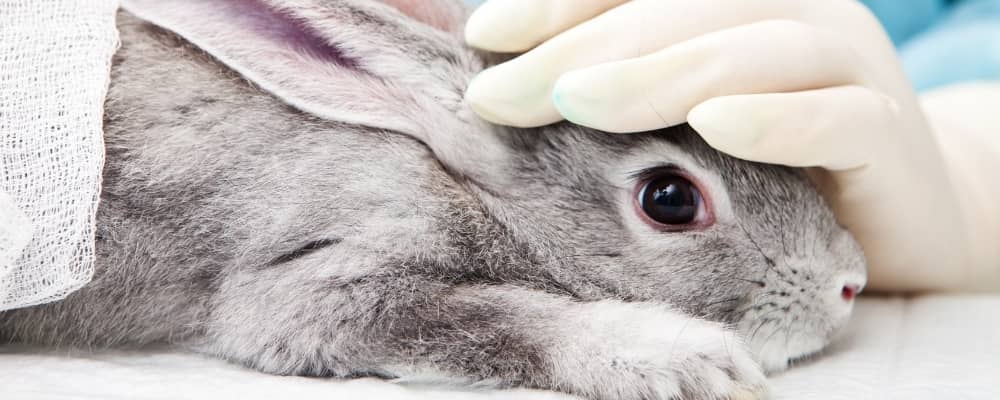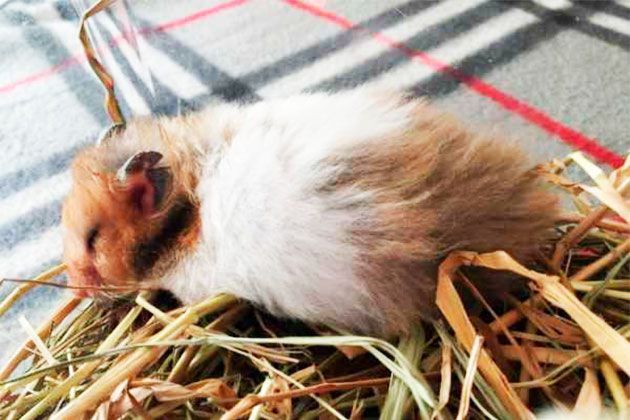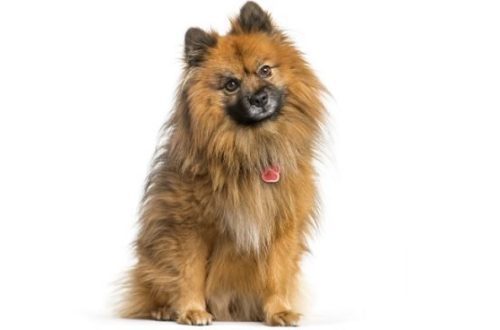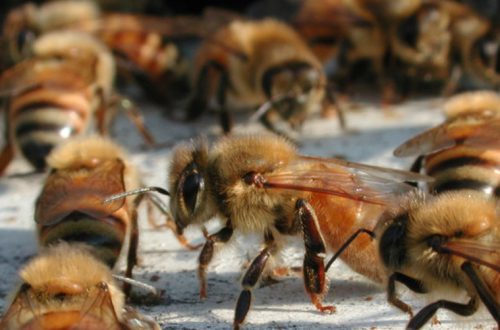
Bloating in rodents and rabbits

Tympania is a distention of the gastrointestinal tract in rodents and rabbits that occurs for a number of reasons, causing disruption of the functioning of the digestive system and the formation of excessive amounts of gas. How to prevent this condition and help the pet in case of occurrence – we will tell in this article.
Causes of tympania
There are certain predisposing factors:
- Poor quality food, such as rotten or rancid.
- Wet food.
- Easily fermenting, gas-producing food, eg white cabbage, legumes.
- Poor quality hay or green fodder. Including moldy.
- Rotten or unripe vegetables and fruits.
- Root and tubers rich in starch.
- Infections.
- Grass, vegetables treated with chemicals.
- Chronic diseases of the gastrointestinal tract.
- Taking antibiotics.
- Dental problems.
Symptoms
The animal may refuse to feed, is in pain. The abdomen is tense, swollen. Defecation is broken. The rodent can hide, act tensely or indifferently. In a severe case, lie down and have difficulty breathing; with severe colic, animals may also grind their teeth in pain. Without timely assistance, the pet may even die.
Diagnostics
The diagnosis is made based on data about the life of the animal, its diet, and clinical signs. When probing the abdomen, tension and soreness are noticeable. There are no specific diagnostic methods. To exclude other pathologies, the veterinarian may suggest taking swabs to exclude an infectious process and visual diagnostics in the form of x-rays or ultrasound.
Bloating treatment
If tympania is suspected, the owner can provide first aid on his own.
- Remove questionable foods, wet and easily fermenting food, juicy and green food from the diet.
- Provide access to fresh water and hay.
- You can pour into your mouth from a syringe without a needle drugs for flatulence, a medication with the active ingredient simeticon. If these medicines are not available, you can dill water (buy at any pharmacy), fennel, cumin or mint tea.
- Depending on the cause of tympania, the doctor may additionally prescribe light tummy massages for digestion, cerucal to normalize peristalsis, an antibiotic for infection, and an antispasmodic to relieve pain.
After recovery, the rodent is gradually returned to its usual diet. Her usual food (greens, vegetables) should be introduced into the diet gradually. Give her a green apple little by little: cut it into slices and hold it in the air until it turns brown (but not spoiled), you can give a little finely chopped or grated carrot. Please note that during illness, vitamins, especially vitamin C, should be given to the pig. You can add a small amount of powder to the drinker or sprinkle a favorite delicacy (for example, cucumber) in a thin layer. If the disease is advanced, and even after treatment, the mumps continues to refuse food, immediately start force-feeding. The reason for refusing food can also be teeth that have grown during the illness, in which case it is necessary to show the mumps to the veterinarian.
Prevention
Proper nutrition is very important for rodents. The best choice would be balanced industrial feed. There is a sufficient amount of microelements and nutrients. It should be noted that it is not recommended to feed a guinea pig food that is intended, for example, for a rat and vice versa. Do not abuse the additional introduction of treats in the form of nuts and various honey or fruit sticks. Remember that in addition to food, the pet constantly needs coarse hay and twigs in order to grind their teeth in a timely manner. If you doubt the quality of food or see that the product has deteriorated, then do not give it to your pet, as this is fraught with consequences. If you picked fresh grass and want to please your pet, it is recommended to wash it first and dry / dry. Careful monitoring of nutrition will help to avoid tympania in a pet.





